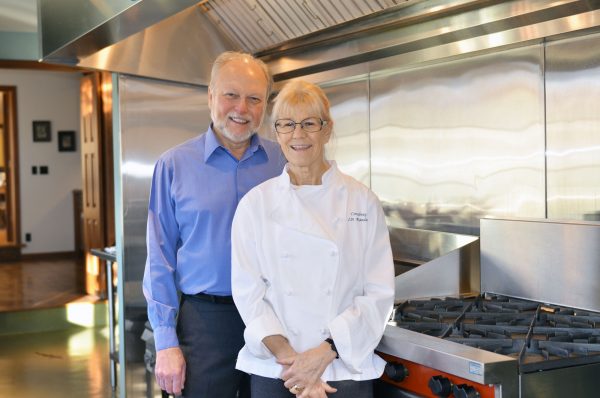
why would an emerita professor of biochemistry, who studied zoology at CSU, commit $1 million to the English department?
Because of Marty Bucco.
Linda Randall and her husband, Gerald Hazelbauer, both professors emeriti of biochemistry at the University of Missouri, have given a $1 million bequest, plus annual cash support, to the English department via the Marty Bucco Award for Creative Teaching & Scholarship fund.
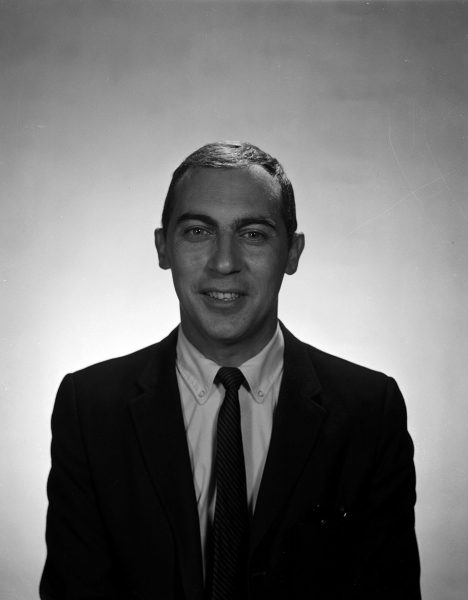
Bucco was an English professor and honors teacher at CSU from 1963 to his retirement in 2005, with an emphasis on American literature and scholarly specialization in Sinclair Lewis. Linda (Lin) Randall (’68) was an honors student of Bucco’s in 1964, an experience that was transformative.
“I like reading, and was mostly reading Shakespeare,” Randall says. “Professor Bucco was so fascinating and full of enthusiasm. Because of him, I started reading much more widely. He was magical and bounded around the room. Over my four years [at CSU] I took every English course he taught.”
This enthusiastic introduction to other literature encouraged an abiding love of literature and language as Randall became a prominent scientist, ultimately teaching and researching on protein export in E.coli for the past 50 years.
“The gift opens up possibilities for the larger, transformative goals and projects that we aspire to but have been unable to achieve without adequate funding,” says Louann Reid, professor of English and chair of the department. “It allows us to make a greater impact in our classrooms and the community, in our fields and the university.”
Sample projects that could be funded with these monies include student fieldwork or experiential learning, faculty book projects, interdisciplinary teaching, master classes, or archival projects.
Hazelbauer agrees that the opportunities are limitless. “We want to leave it up to the faculty to decide how to award the money; we don’t want to stifle the creativity,” he says.
And creativity is a high value for Randall and Hazelbauer. Randall wears her hair in multiple bright shades of blue and magenta, loves clothing, used to be a dancer, and also went to culinary school.
Existing Creative Teaching Projects
“You have a parallel level of excitement working in the laboratory and working in the kitchen,” she says. “In the culinary institute you learn techniques and then you have freedom when you cook. In science, you learn techniques and investigate what to do. You must write out the details.”
The excitement and freedom of cooking inspired Randall and Hazelbauer to open a restaurant – Combray, named after a town in Marcel Proust’s Remembrance of Things Past, in Pullman, Washington, when they were faculty members at WSU. Though Randall was not the chef, she managed the business, coordinated the waitstaff, and regularly helped with food preparation.
She also succeeded mightily at the lab bench, securing grants year after year (she still conducts research at Mizzou), being inducted into a variety of prestigious societies and academies, and receiving several distinguished faculty awards.
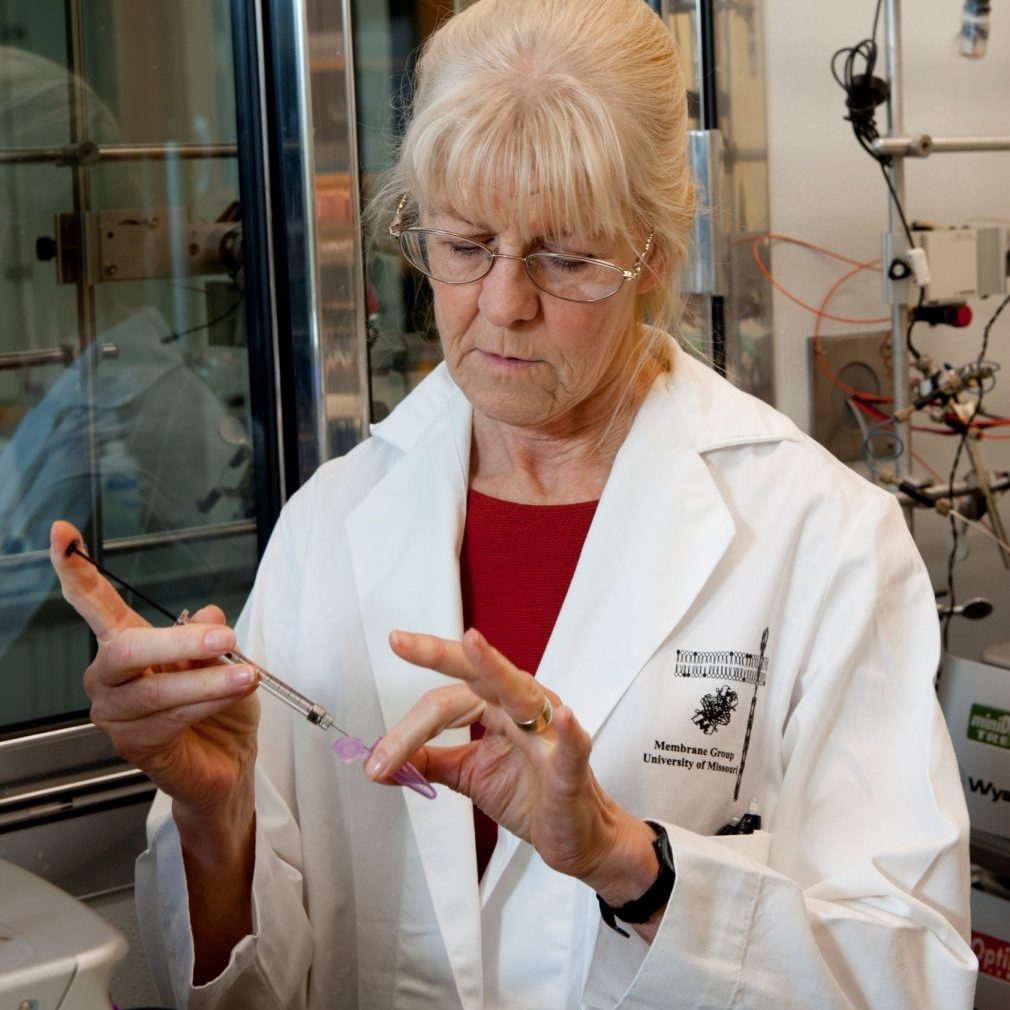
For one award, Randall was expected to present her research to a general audience. She choreographed a dance of protein export.
“Our lab groups dressed in black leotards with blue felt dots on the back (to represent water-loving amino acids) and orange ones on the fronts (water-hating),” she says. “Dancing as unfolded polypeptides, both sides were visible. Embracing each other represented folding to a water-soluble form, hiding the orange dots and leaving the water-loving blue dots visible. A knight’s costume and ax from the theater department outfitted the sinister cleaving protein, played in the first performance by our university president at the time and in the second performance played by our provost at the time (Al Yates, coincidentally). A professor from the music department helped us make music of protein sequences. I assigned notes to amino acids and the professor composed the music on the synthesizer. It was wonderful – people understood what my work was about.”
Today, Randall and Hazelbauer continue their scientific work with the help of their respective research groups and funding for more than 40 years from the U.S. National Institutes of Health. As a couple they are investing in the future of creative teaching, both at CSU and at Hazelbauer’s high school.
“Support for the arts strengthens CSU’s ability to provide our world-class faculty with the resources necessary to develop critical and creative thinkers who are prepared to make our world a better place,” says Kim Tobin, vice president for University Advancement. “I offer my heartfelt gratitude to Lin and Jerry for investing in the future through creative teaching and scholarship at CSU.”
“Martin Bucco was a talented and passionate teacher who inspired students to think critically and deeply,” Randall and Hazelbauer say.
And his legacy will live on in and beyond the English classrooms of the 21st century with the Marty Bucco Award for Creative Teaching & Scholarship.
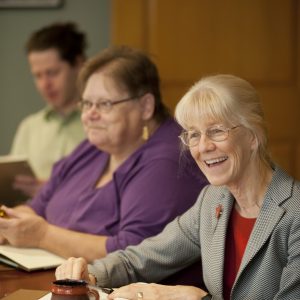
Linda Randall is a member of the National Academy of Sciences and the American Academy of Arts and Sciences. She is a fellow of the American Academy of Microbiology and the American Association for the Advancement of Science. Randall received a Distinguished Alumni Award from the College of Natural Sciences at CSU in 2000.
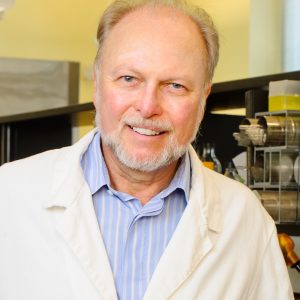
Gerald Hazelbauer is a fellow of the American Association for the Advancement of Science and the American Academy of Microbiology.
All images of Randall and Hazelbauer courtesy of the University of Missouri College of Agriculture, Food and Natural Resources.
